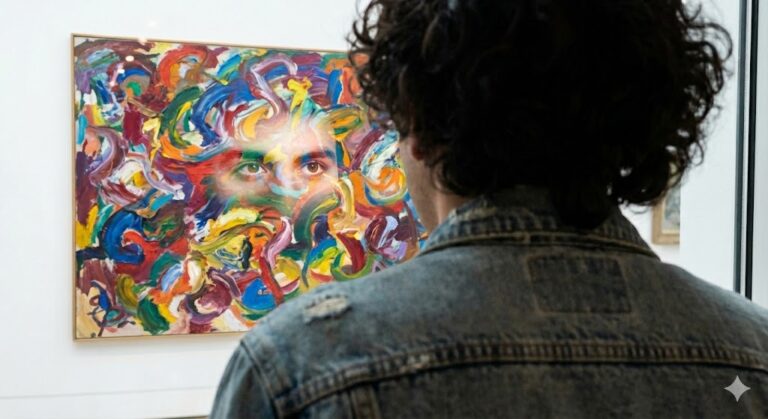by Deepika Dewan
We all love to go back in time, to recollect and revisit items of treasure passed down by our great ancestors. The kingdom of Mithila in Bihar gave us the most artistic and priceless treasures that has left the art lovers awestruck since its inception.
The story goes like this. King Janak of Mithila was preparing for the marriage of his daughter Sita to Lord Rama. Naturally, the palace had to be decked up. King Janak came up with a unique idea and ordered the artists of the region to dress up the palace walls with beautiful artwork. That’s when, the legacy of Madhubani painting came into being.
The Madhubani or Mithila painting, named on the village Madhubani, was traditionally done on freshly plastered mud walls of huts. It is now done on cloth, canvas, and hand-made paper.

The Themes
A typical Madhubani painting has Hindu deities like Ram, Shiva, Krishna, Durga, Lakshmi, Saraswati and depictions of nature as the basic theme. The sun, the moon and religious plants like Tulsi are also painted forming a border of the royal courts and weddings. No empty space is left in a Madhubani; the gaps are reasonably filled by paintings of birds, animals, flowers and geometric designs to make it look complete in every way.
The Technique
Madhubani is a simple art form of painting. No specialised knowledge is needed, just a creative bent of mind and an artistic flair to get you started.
Materials Required
- Cloth/Handmade paper
- Trace paper
- Carbon sheet
- Fabric colours (for cloth)
- Poster colours (for paper)
- Black outliner
The Making Process
Let’s go in a stepwise fashion. Jot down these points and you will notice how the making of Madhubani painting feels nice and un-complicated.
Step 1:
Choose a design pattern.
Step 2:
Draw the chosen pattern on a trace paper and copy the design into the cloth/handmade paper using carbon sheet.
Step 3:
Use poster colours for paper. If using a cloth paint, then fabric colours should be the preferred choice. Remember, no shading is to be done. The colours are applied flat. Normally a double line is drawn to make the outline, and the gap between the lines is filled by straight or criss-cross lines. In the linear painting, only outlines are drawn; no colours are applied.
Step 4:
Now start the process of drawing the outlines using the black colour and keep it aside for 24 hours so that drying can take place. If cloth fabric is being used, then iron on the back side of the cloth.

Tips & Tricks
A little far-sightedness helps to get the most of the Madhubani painting:
- Choose a Madhubani design that is colourful. Though traditionally colours used in a Madhubani are red, orange and green, you can also add colours like pink, purple, blue to make the painting look more attractive and appealing.
- A Madhubani goes beyond just a painting. A bookmark, card or table mats are other items where the charm of Madhubani can be created. Lamination protects them from the woes of dust and smoke.
- Never forget to give a border to a Madhubani. It adds new dimensions to the work of art.
Hope you liked the article on Madhubani. Do give it a try in your free time and let us know your views/comments on this unique masterpiece from Mithila.

ABOUT THE AUTHOR
A skilled writer, an advertising professional for over 17 years, an active blogger on fashion, ramp, beauty and health; ex-visiting faculty on advertising and communications and a creative consultant, there is never an end to putting words that click. Coffee, crafts, books, soundtracks and simplicity keep me high.








+ There are no comments
Add yours